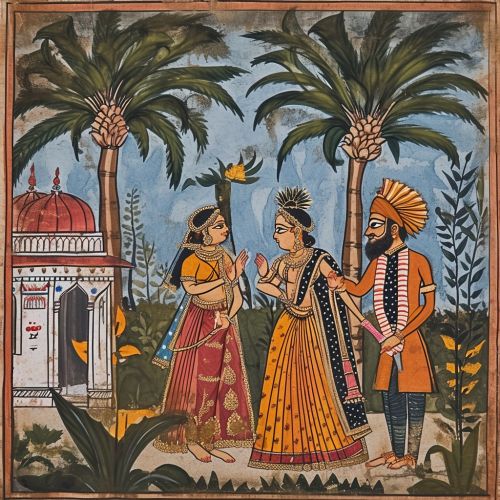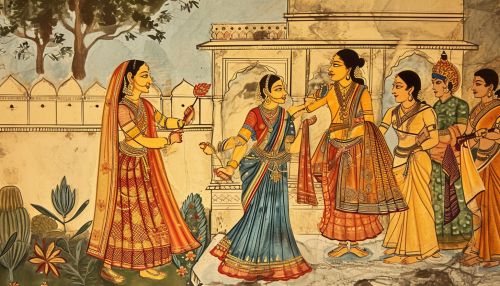Jataka tales
Introduction
The Jataka tales are a voluminous body of literature native to India concerning the previous births of Gautama Buddha in both human and animal form. The future Buddha may appear as a king, an outcast, a god, an elephant—but, in whatever form, he exhibits some virtue that the tale thereby inculcates.
Origin and Development
The Jataka tales were written in the period between 300 BC and 400 AD. This puts the origin of the earliest tales in the Jain tradition around the start of the common era. The tales are written in Pali, an Indo-Aryan language that was spoken in the Indian subcontinent.
Structure and Content
Each Jataka tale consists of a preface, a story, and an epilogue. The preface and the epilogue relate the tale to the Buddha's life, while the story usually involves a moral or ethical dilemma faced by one of the Buddha's previous incarnations, often in animal form.
Themes
The Jataka tales are didactic in nature and are meant to teach the values of self-sacrifice, moral integrity, and perseverance. They are a significant part of the Buddhist canon and are considered an important source of moral guidance in the Buddhist tradition.
Influence and Legacy
The Jataka tales have had a profound influence on literature, art, and folklore in cultures across South and Southeast Asia. They have been translated into many languages and have been the subject of numerous adaptations and reinterpretations.
See Also


